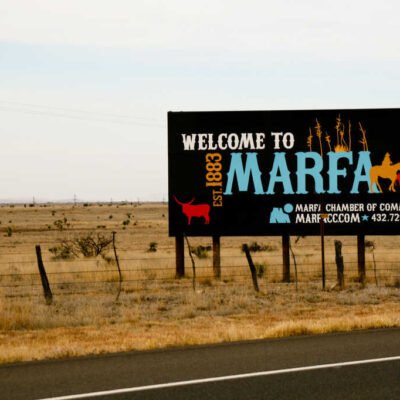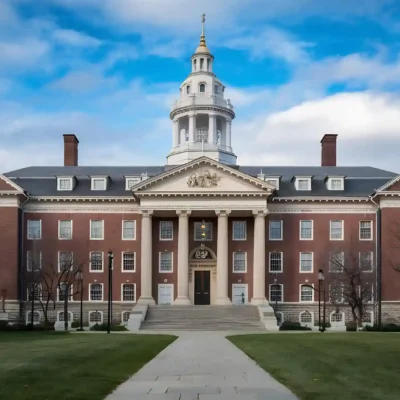Fashion is more than just clothing; it reflects cultural shifts, social movements, and technological advancements. The evolution of American fashion over the last century tells a fascinating story of changing styles and societal influences. Let’s take a journey through the decades to see how fashion in the U.S. has transformed from the roaring twenties to today.
The 1920s: The Era of Flappers and Jazz
The 1920s marked a revolution in women’s fashion, moving away from restrictive Victorian styles.
- Flapper dresses became the symbol of the era, featuring dropped waists, shorter hemlines, and loose fits.
- Accessories like cloche hats, pearl necklaces, and feathered headbands complemented the bold style.
- Men’s fashion saw the rise of fitted suits, wide-legged trousers, and fedoras.
- Jazz music and the post-war economic boom heavily influenced these styles.
The 1930s: Elegance Amidst the Great Depression
Despite the economic hardships of the Great Depression, fashion remained elegant.
- Women’s clothing became more structured with defined waistlines and longer skirts.
- Hollywood glamour inspired evening gowns with bias cuts and flowing fabrics.
- Men’s suits featured broad shoulders and tapered waists, reflecting a strong, masculine aesthetic.
- The popularity of hats and gloves continued, maintaining a polished look.
The 1940s: Wartime Simplicity and Utility
With World War II affecting daily life, fashion became more practical and functional.
- Women’s clothing adopted a more structured, military-inspired look with padded shoulders and knee-length skirts.
- Utility fashion emerged with simple, durable fabrics like wool and cotton.
- The “Rosie the Riveter” look popularized high-waisted trousers and workwear for women entering the workforce.
- Men’s suits were simplified due to fabric rationing, leading to single-breasted jackets and straight-legged pants.
The 1950s: Post-War Glamour and Rock ‘n’ Roll Influence
After the war, fashion embraced femininity and sophistication.
- Women’s dresses featured cinched waists, full skirts, and pastel colors, often associated with the “New Look” by Christian Dior.
- Poodle skirts, saddle shoes, and fitted cardigans became popular among teenagers.
- Men’s fashion included well-tailored suits, Hawaiian shirts, and leather jackets inspired by rock ‘n’ roll icons like Elvis Presley.
The 1960s: A Decade of Revolution and Experimentation
The 1960s saw drastic shifts in fashion, reflecting political and cultural changes.
- The mod movement introduced mini skirts, go-go boots, and bold geometric prints.
- The hippie movement embraced bohemian styles, including fringe, bell-bottoms, and tie-dye patterns.
- Men experimented with colorful suits, longer hair, and casual styles inspired by The Beatles.
- The Civil Rights Movement and feminist movements influenced more practical and expressive fashion choices.
The 1970s: Disco, Boho, and Individualism
Fashion in the 1970s was all about self-expression and breaking the norms.
- The disco era brought shiny fabrics, jumpsuits, and platform shoes.
- The bohemian trend continued with peasant blouses, maxi dresses, and suede jackets.
- Men’s fashion became more relaxed, with flared pants, turtlenecks, and wide lapels.
- Athleisure and denim culture gained popularity, marking the rise of jeans as a wardrobe staple.
The 1980s: Bold Colors and Power Dressing
Excess and boldness defined the 1980s fashion scene.
- Power dressing emerged, featuring padded shoulders, tailored suits, and bold prints for working women.
- Neon colors, spandex, and leg warmers dominated casual wear, influenced by aerobics and pop culture.
- Denim jackets, graphic tees, and leather boots became signature pieces for both men and women.
- Hip-hop culture influenced streetwear with oversized clothing, sneakers, and gold chains.
The 1990s: Minimalism and Grunge
A contrast to the bold 80s, the 90s embraced laid-back and minimalist styles.
- Grunge fashion, influenced by bands like Nirvana, featured ripped jeans, flannel shirts, and combat boots.
- The rise of supermodels led to simple yet chic slip dresses and high-waisted jeans.
- Hip-hop fashion continued to grow, with baggy jeans, tracksuits, and sneakers becoming mainstream.
- The preppy look also gained popularity, with polo shirts, khakis, and loafers defining casual sophistication.
The 2000s: Y2K Trends and Fast Fashion
The early 2000s saw the rise of technology-driven fashion and celebrity culture.
- Low-rise jeans, crop tops, and bedazzled accessories defined Y2K fashion.
- The rise of fast fashion brands made trendy clothing more accessible than ever.
- Athleisure, including yoga pants and hoodies, became a dominant style.
- Men’s fashion saw the rise of fitted jeans, graphic hoodies, and sporty influences.
The 2010s: Social Media and Sustainable Fashion
With social media shaping trends, fashion in the 2010s became highly diverse.
- Streetwear exploded, with brands like Supreme and Off-White leading the way.
- Sustainability became a major focus, encouraging ethical fashion choices.
- Gender-neutral fashion gained popularity, breaking traditional style boundaries.
- Influencers and online shopping revolutionized how trends spread globally.
The 2020s: A New Era of Digital Fashion
Today, fashion continues to evolve with technological advancements and cultural shifts.
- Digital fashion and virtual clothing are emerging due to the rise of the metaverse.
- Sustainability and eco-friendly materials are at the forefront of the industry.
- The mix of vintage and modern aesthetics showcases a blend of past and future styles.
- Comfort and versatility dominate, with loungewear, oversized fits, and functional clothing leading the trends.
Conclusion
The evolution of American fashion reflects more than just changing styles; it mirrors societal transformations, cultural movements, and technological progress. From the flappers of the 1920s to the digital trends of today, fashion continues to be a powerful form of self-expression and innovation. As we move forward, the future of American fashion will likely be shaped by sustainability, inclusivity, and the ever-growing influence of digital spaces.






